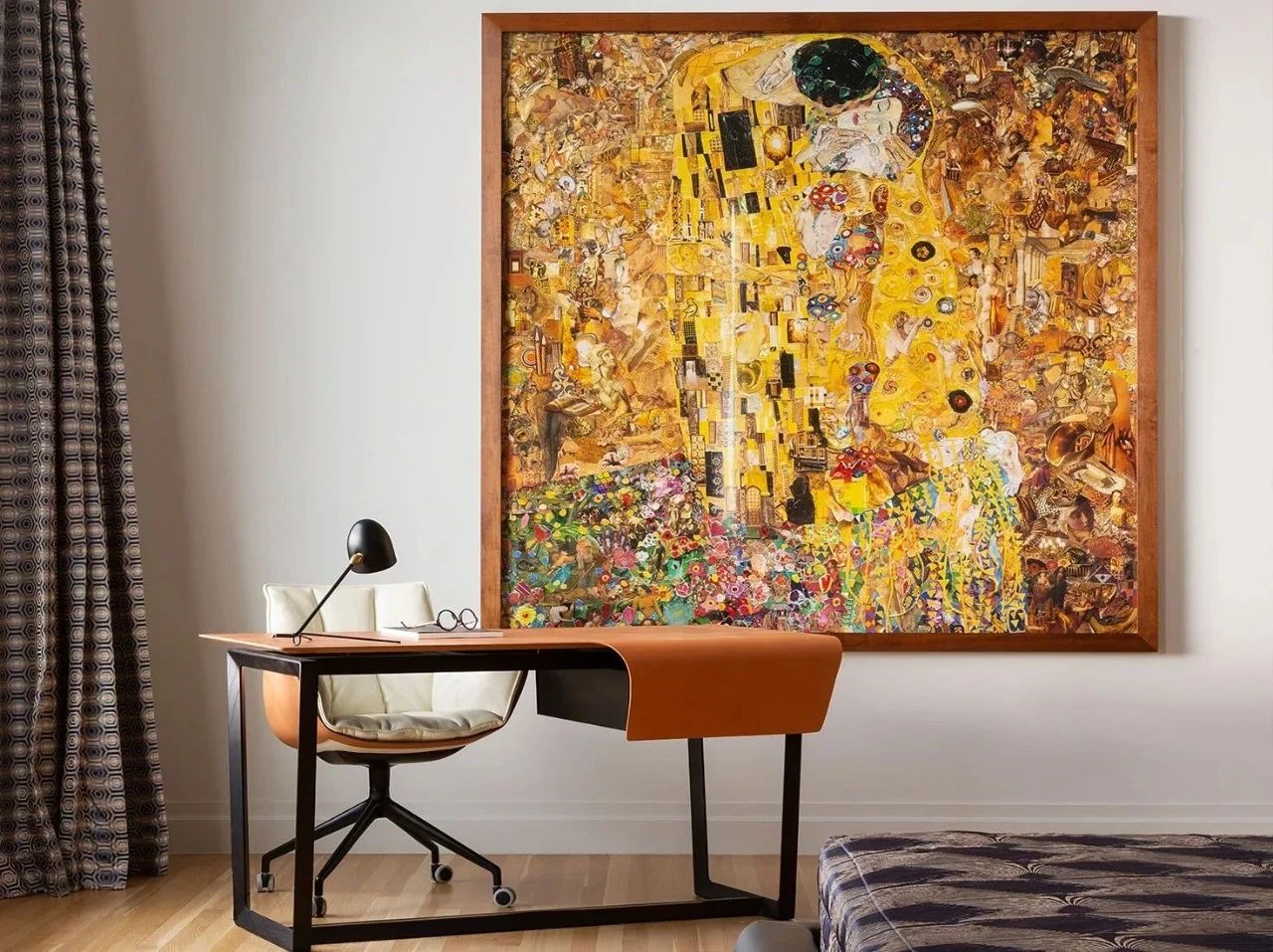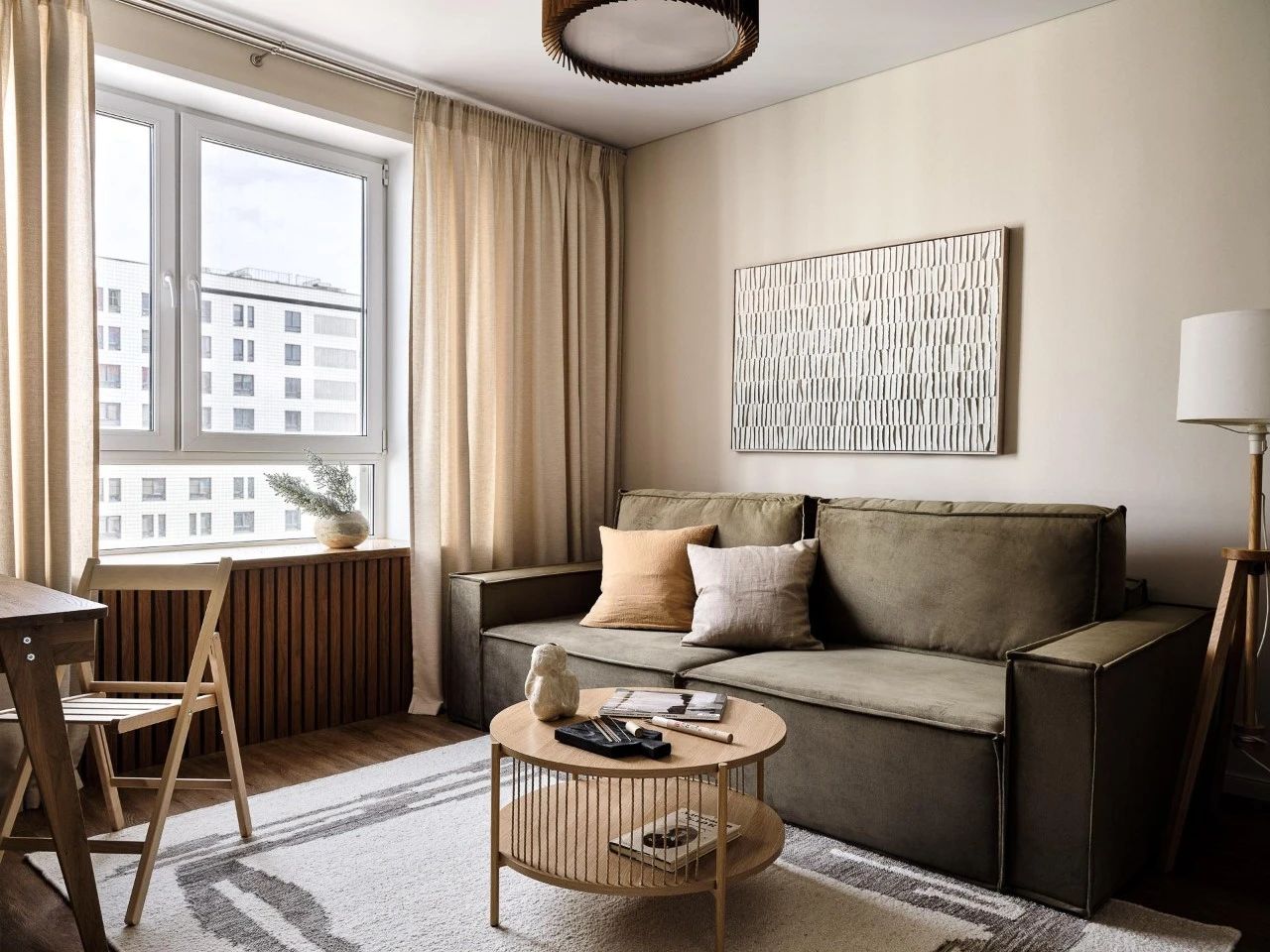Tomihiro Art Museum aat + makoto yokomizo
2015-05-18 23:00
© Christoffer Rudquist
克赖斯特福·鲁德奎斯特


架构师提供的文本描述。富一郎博物馆位于东京以北两个半小时车程的人工湖旁的一个山村里,专门为当地诗人-插画家霍希诺先生的作品而建。自1991年博物馆首次在一家废弃老人之家翻新后的房舍开放以来,每天平均有1000多人来到这里。十年总共有400多万游客-考虑到这个偏远的地方,这个数字令人吃惊.
Text description provided by the architects. Located in a mountain village beside a man-made lake two and a half hours' drive north of Tokyo, the Tomihiro Museum is dedicated to the work of local poet-illustrator Tomihiro Hoshino. Since 1991, when the Museum first opened on the refurbished premises of a disused home for the elderly, an average of more than 1000 persons a day have made the trip here, for a ten-year total of over 4 million visitors—a surprising number considering the remote location.
© Christian Richters
克里斯蒂安·里氏


十年过去了,博物馆早就该换新的宿舍了。2002年举行了一次国际设计竞赛,收到来自53个国家的1211份作品(637份来自日本,574份来自国外)-这也是一个令人吃惊的数字。然后,从众多提交的意见书中选出了入围者,并选择了我们的设计方案:由肥皂泡沫激发的一组小型圆形房间。
A decade on, the Museum was long overdue for new quarters. An international design competition was held in 2002, and 1211 entries were received from 53 countries (637 entries from Japan, 574 from abroad)—again a surprising number. Short-listed entrants from among the many submissions were then interviewed, and our design proposal was selected: a grouping of small circular rooms inspired by soap bubbles.
© Christoffer Rudquist
克赖斯特福·鲁德奎斯特


我们的建议要求同时实行多样性。当代艺术博物馆通常选择中性、同质的“白色立方体”空间,日复一日,我们往往会忘记一些如此基本的东西,然而艺术品却非常清楚地提醒我们,所有事物都是相互依存的,为了理解复杂性,我们必须找到一种方法来欣赏复杂的事物。因此,我们应该更加关注相对论,而不是绝对。细节,而不是泛泛而谈,并将权力下放到中心地位之上。
Our proposal called for simultaneous diversity. Whereas contemporary art museums typically opt for neutral, homogeneous "white cube" spaces, Day in and day out we tend to forget something so basic, yet the artworks very clearly remind us that all things are interdependent upon one another and in order to understand complexity we must find a way to appreciate complex things as they are. Thus, we should focus on relativity more than absolutes, particulars instead of generalities and decentralisation over central
© Shigeru Ohno
c.Shigeru Ohno


自我优化。
Self-Optimisation.
踏入这群质朴多样的空间:轻盈、黑暗、宁静、活泼、温暖。建筑内部给我们带来了许多不同的体验,比如在树林里散步,让我们对接下来可能遇到的事情产生一种孩子气的好奇和期待。每个圆圈都有自己独特的大小和功能环境,这取决于它的使用方式。此外,还试图将“开放”、“亲密”和“舒适”等无法量化的东西结合起来。
Step inside this cluster of qualitatively diverse spaces: light, dark, quiet, lively, warm. The building interior enfolds us with many different experiences like a walk in the woods, inviting a childlike sense of wonder and expectation as to what we might encounter next. Each circle has its own distinct size and functional environment according to how it is to be used. Moreover, attempts were made to incorporate such unquantifiables as “openness”, “closedness” and “coziness”.
Floor Plan


圆圈的布置着眼于它们之间的相互作用,就像试图解决一个难题一样。没有一个指导原则,也没有一个绝对的解决方案。这种组合互补是富一郎博物馆(Tomihiro Museum)的一个重要特征,也就是我们所谓的“自我优化设计”。
The circles have been laid out with an eye to their mutual interplay, almost as if trying to solve a puzzle. There was no one guiding principle, no one absolute solution. This compositional complementarity is an important characteristic of the Tomihiro Museum, or what we might call "self-optimised design."
© Shigeru Ohno
c.Shigeru Ohno


所有的圆都有中心,从半径确定的那一刻起,相应的圆周就会自动生成一个给定的圆,因此圆是极强的形状;它们的抽象清晰使它们具有极高的吸引力和象征性,但它们绝对的纯洁性却使它们显得难以接近。因此,如何以相对的、非同心圆的方式使用圆圈,从而使地面规划具有对变量作出反应的灵活性?
All circles have centres; from the moment the radius is established, the corresponding circumference automatically generates a given circle. Circles are thus extremely strong shapes; their abstract clarity makes them highly attractive and emblematic, yet their absolute inviolate purity can make them seem unapproachable. Thus the question was, how to utilise circles in a relative, non-concentric way so as to give the floorplan the flexibility to respond to variables?
© Makoto Yokomizo
(Makoto Yomizo)


我们设计方法背后的理念是,圆圈应该给出足够的空间来处理任何变量,即使是在一个僵化的骨架框架内。我们称它为“循环规划”,与目前流行的“网格规划”规范形成对比。从设计竞赛阶段开始,我们寻求当地居民的合作参与,为了回应他们的意见,我们使圆圈变大或变小,但始终是触碰的,我们认为用圆周规划的平面色散就足以实现所寻求的自我优化。
The notion behind our design method was that the circles ought to give sufficient leeway to cope with any variables, even within an ever-rigid skeletal framework. We called it "circle planning", in contrast to the prevailing norms of "grid planning". From the design competition stage, we sought out collaborative participation from local residents, and in response to their input we made the circles larger or smaller yet always touching, thinking that a planar dispersion by circle planning would suffice to deliver the sought self-optimisa
© Makoto Yokomizo
(Makoto Yomizo)


那么,为什么这座建筑有一个方形的脚印呢?为什么不选择一个更加灵活的自由形状,以适应整个建筑工地呢?
Why, then, does the building have a square footprint? Why not go for a more flexible free-form shape in keeping with the overall building site?
© Christoffer Rudquist
克赖斯特福·鲁德奎斯特


因为我们需要一些强大的东西,意味着某种意义上的普遍性或抽象性。或者换一种说法,我们在寻找程序的普遍性,它可以在不同的地方产生,在不同的维度,然后就在这里出现了。
Well, because we needed something strong, meaning somehow universal or abstract. Or to put it another way, we were looking for programatic universality that could have been generated at a different site, in a different dimension, then just dropped into place here.
© Christian Richters
克里斯蒂安·里氏


不是试图迎合任何特定的区域主义,也不是陷入当代建筑的抽象概念,难道这不是一种自由吗?我们的目标是一种反对可以同时共存的建筑-绝对与相对,顺从与僵化,抽象与具体,简单与复杂。
Not trying to cater to any specific regionalism, nor get caught up in the abstractions of contemporary architecture, was that not a kind of freedom? What we aimed for was an architecture in which opposities might simultaneously coexist—absolute with relative, pliant with rigid, abstract with concrete, simple with complex.
© Christoffer Rudquist
克赖斯特福·鲁德奎斯特


新博物馆为不同世代的人们展出了约100件由霍希诺(Tomihiro Hoshino)创作的永久艺术品,以及各种头衔、地点和信仰。大自然充满了不可忽视的非理性事物,它们是任意性的、莫名其妙的神秘和不可预测的自发事件。霍希诺的艺术作品教会我们接受事物的原貌,并与它们一起生活。
The new Museum exhibits a permanent collection of some 100 artworks by Tomihiro Hoshino for people of all different generations and titles and places and beliefs to see. Nature is filled with irrational things that cannot simply be dimissed as arbitrary, inexplicable mysteries and unpredictable spontaneous happenings. Tomihiro Hoshino's artworks teach us to accept things as they are and enjoy living with them.


































































Architects aat + makoto yokomizo
Location Gunma Prefecture, Japan
Category Museum
Architect in Charge Makoto Yokomizo
Area 2463.0 sqm
Project Year 2005
Photographs Shigeru Ohno, Makoto Yokomizo, Christoffer Rudquist, Christian Richters
























